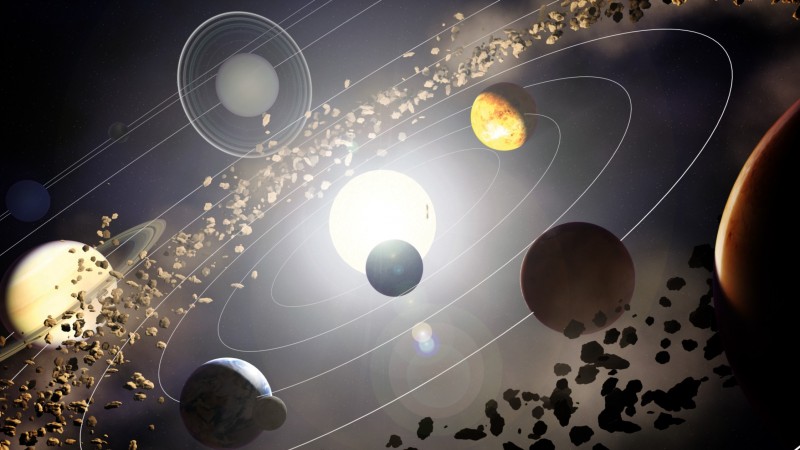
Have you ever wondered why our solar system comprises only nine planets? It's a question that has intrigued astronomers and space enthusiasts for generations. In this article, we'll delve into the reasons behind the limited number of planets in our solar system and explore the unique importance each of them holds.
The Historical Context of Planetary Count
Ancient Observations and Misinterpretations
In ancient times, sky gazers observed several celestial bodies moving across the night sky. However, due to limited technology and understanding, some of these were mistakenly identified as planets. The ancients counted seven celestial bodies as planets: Mercury, Venus, Mars, Jupiter, Saturn, the Sun, and the Moon. These bodies were believed to exert significant influence over human affairs.
The Modern Definition of a Planet
As our knowledge and tools improved, astronomers refined their understanding of celestial objects. In 2006, the International Astronomical Union (IAU) redefined the criteria for classifying an object as a planet. According to the IAU, a celestial body must orbit the Sun, be spherical in shape due to its own gravity, and have cleared its orbit of other debris. This definition led to the reclassification of Pluto as a "dwarf planet," leaving us with the current count of eight recognized planets in our solar system.
The Importance of the Planets
Mercury: The Scorching World
Mercury, the closest planet to the Sun, experiences extreme temperature variations. Its study provides insights into the effects of proximity to a star and the challenges of surviving in such harsh conditions.
Venus: The Greenhouse Planet
Venus's thick atmosphere traps heat, creating a scorching environment. Studying Venus helps us understand the greenhouse effect and its implications for Earth's climate.
Mars: The Potential for Life
Mars has captivated our imagination with the possibility of hosting microbial life. Exploring its surface and geology offers valuable lessons for potential future colonization efforts.
Jupiter: The Giant Protector
Jupiter's massive size and strong gravitational pull make it a "planet protector." Its role in deflecting asteroids and comets from Earth's path highlights its significance in safeguarding our planet.
Saturn: A Ringed Wonder
Saturn's stunning ring system has fascinated astronomers for centuries. By studying its formation and composition, we gain insights into the early solar system's dynamics.
Uranus and Neptune: The Ice Giants
Uranus and Neptune, often referred to as ice giants, offer a window into the outer regions of our solar system. Their composition and unique features contribute to our understanding of planetary diversity.
Earth: Our Home and Reference Point
Earth's significance is unparalleled, as it's the only known planet to support life. Its study helps us comprehend the conditions necessary for life to thrive and serves as a reference point for evaluating exoplanets.
The Role of Dwarf Planets
While not part of the official planet count, dwarf planets like Pluto and Eris contribute to our understanding of the solar system's outskirts. They challenge our definitions and shed light on the diversity of celestial objects. the limited count of nine planets in our solar system is a result of our improved understanding and refined definitions. Each planet, regardless of its classification, holds immense importance in unraveling the mysteries of our universe. From extreme environments to potential habitability and planetary protection, these celestial bodies offer a treasure trove of knowledge waiting to be explored.
Bluejeans to soon wrap up the suit after downfall
What is the Main Function of a Technology Transfer Office with Respect to Collaborative Research?